Anyone involved in the Star Wars community knows how controversial the sequel trilogy was when it was released. They were the first pieces of Star Wars media put out by Disney after they bought Lucasfilm. These films were not received well. Critics of the trilogy consistently brought up issues with plot holes and blatant plagiarism of its predecessors. Many die-hard fans felt that their favorite series was destined to face the same fate as Marvel and other Disney-acquired companies: a series of underdeveloped projects that were rushed to meet release deadlines and make the Mouse more money. Since then, multiple shows have been put out and were equally criticized. Fans were disappointed by the lack of new ideas and apparent deficiency of inner management. However, it seems Disney is waking up and finally recognizing their mistakes.
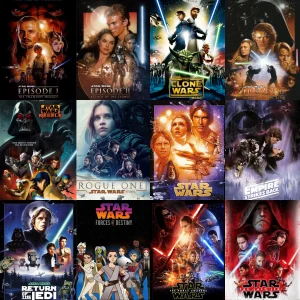
Fans collectively agreed that projects such as the sequel trilogy, the Obi-Wan Kenobi series, and Boba Fett had some prominent flaws. Each of these pieces of media feature recycled characters, plots, and formats, making them boring to watch. Many have found that the sequels tried too hard to follow the formula of the original films.
Instead of fleshing out the character of Kylo Ren and creating a new, exciting villain, the directors decided that it was “better” to fall back on Emperor Palpatine leading a tyrannical government once again, “essentially [ignoring] everything The Last Jedi did,” according to a popular critic website, the Collider. It doesn’t help that the explanation for his resurrection was the infamous line in Rise of Skywalker, “somehow Palpatine returned!” Admittedly, Disney covered their tracks and revealed that Palpatine transferred his spirit into a clone of himself through Operation Cinder, but it feels like an afterthought. It isn’t explained in the movie, but leave it to superfans to make sense of all things Star Wars.
On the other hand, the fandom seems to have enjoyed more recent Disney-led films and shows like Rogue One, The Bad Batch, and The Mandalorian. They aren’t recreations of older projects like the sequel movies were, instead they draw inspiration from their predecessors but highlight newer storylines and characters.
The Mandalorian became an instant sensation when it was released, but why? Veteran Star Wars fans have been exposed to ice-cold bounty hunters for years but haven’t been allowed to explore them as complex characters. The Mandalorian, often described as an “interesting and unique Star Wars script that took concepts and characters people were familiar with and made something new,” took on the responsibility of utilizing the nostalgia of older projects while adding depth to the Star Wars universe at the same time.
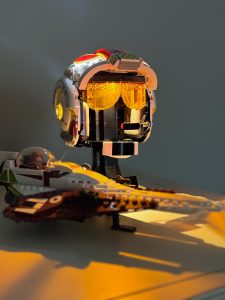
Rogue One and Andor explore the darker side of Star Wars, focusing less on the magical power of the Jedi and more on the soldiers and average people who put their lives on the line in the hopes that they could one day be free of the Empire. Notice a trend? Everyone can agree that Disney Star Wars projects are the best when they put in the effort to bring something new to their audience.
In 1977, Star Wars revolutionized modern film, bringing remarkable visual effects and storytelling to the screen. The saga instantly became a worldwide phenomenon, inspiring children and adults alike. If Disney allows Star Wars to fail under its ownership, it would be a tragedy not only for fans, but the filmmaking industry as a whole.
Luckily, Disney is going back to the roots of the original Star Wars series. They seem to have, at last, understood that Star Wars is about bringing the story of a galaxy far, far away to the screen in a new way, not about plugging characters into a tried and true formula. Star Wars has always been a beacon of creativity in the industry. With the success of Disney’s recent projects, fan’s hope that things will stay that way has been revived.


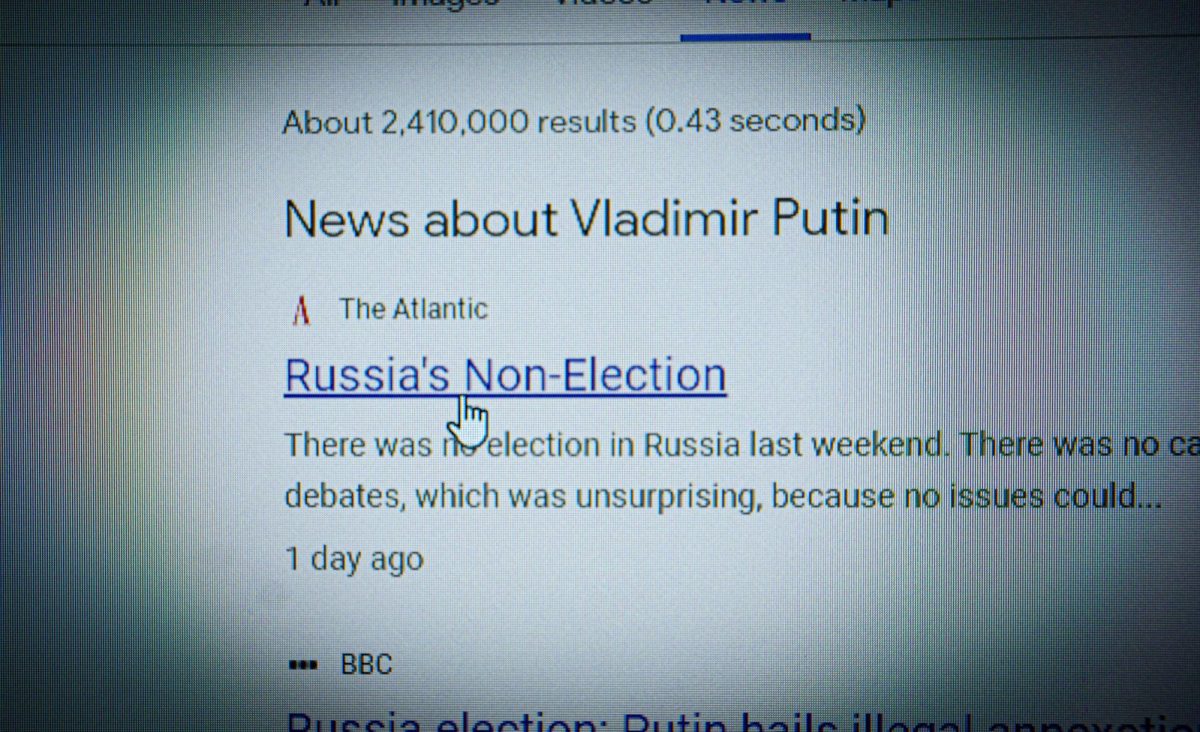
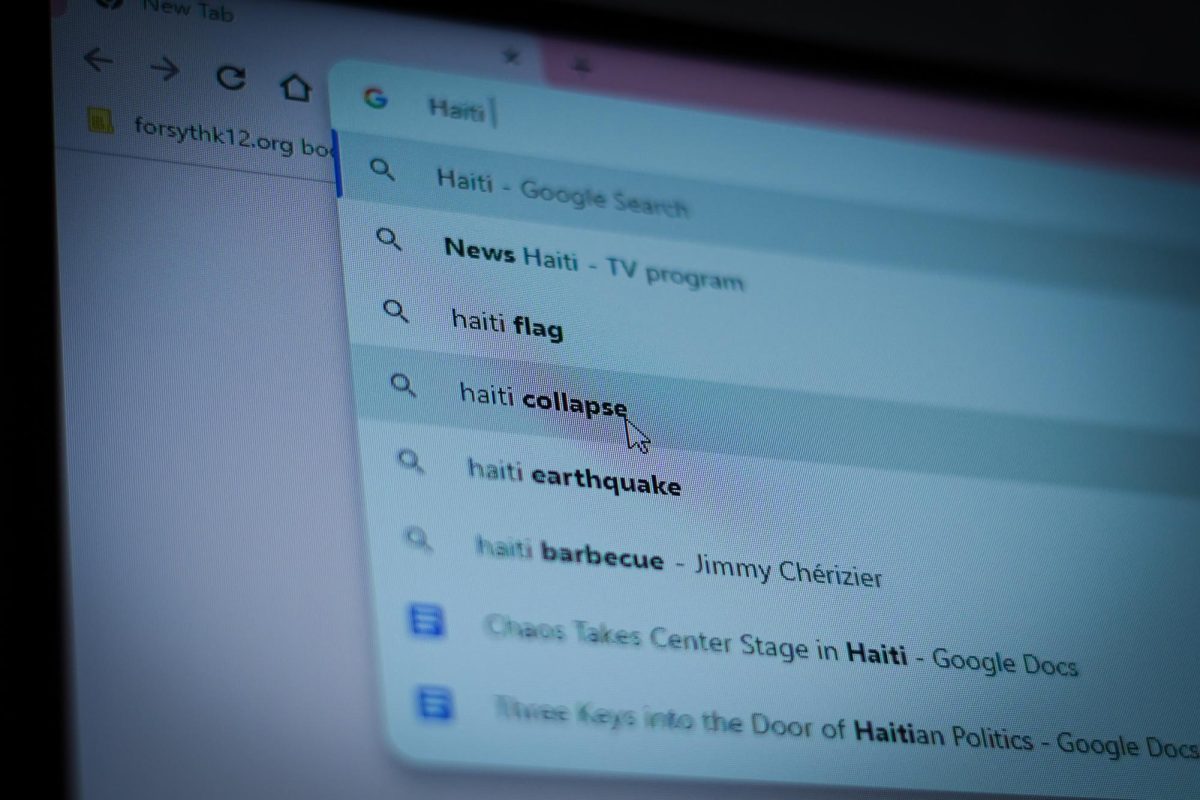
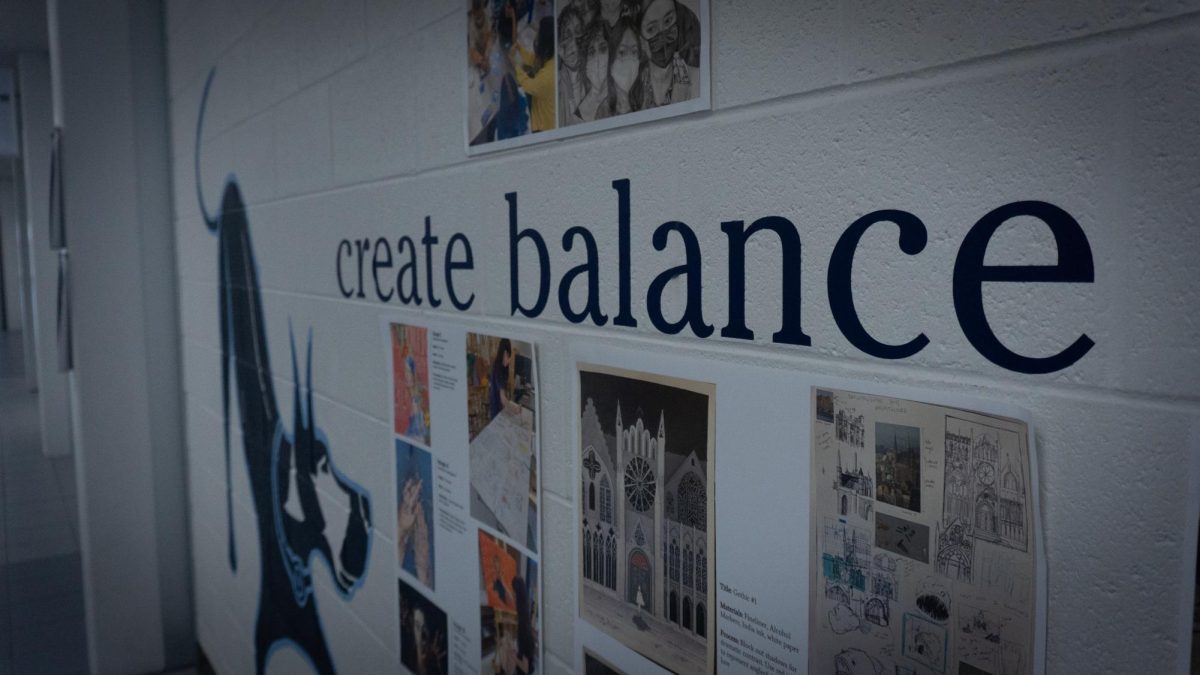


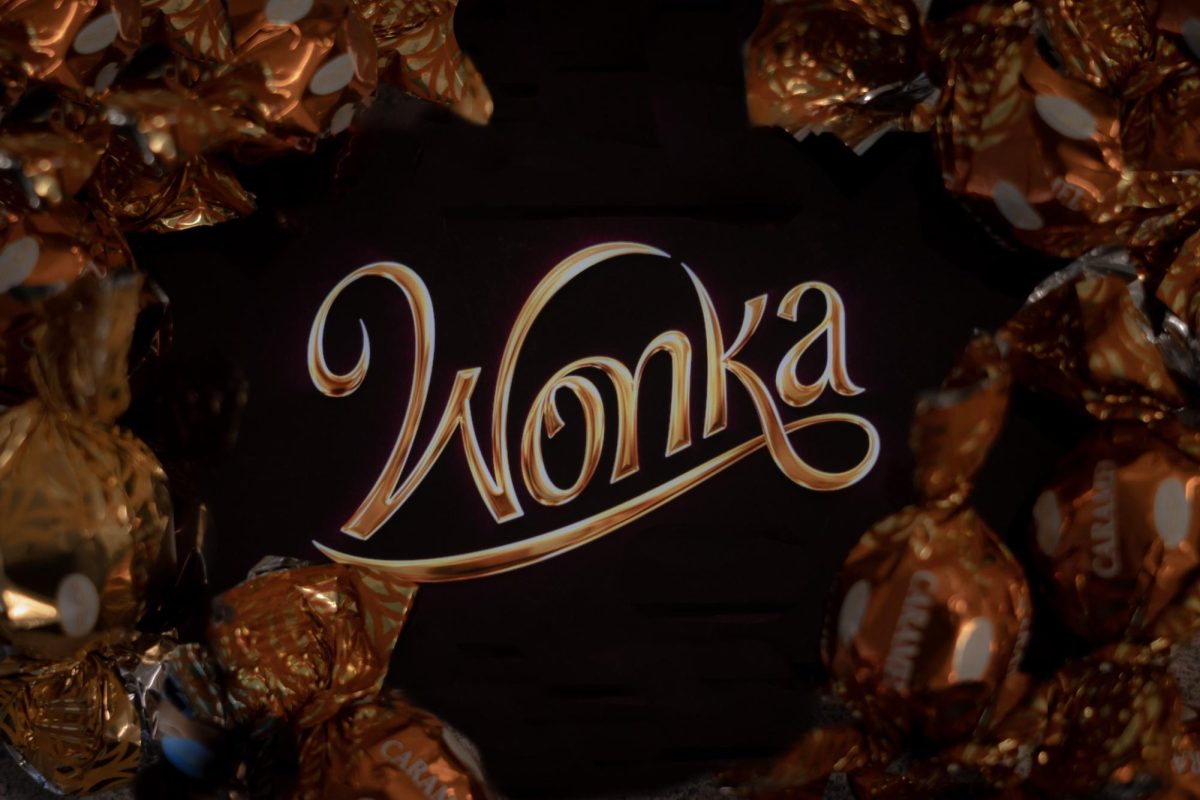




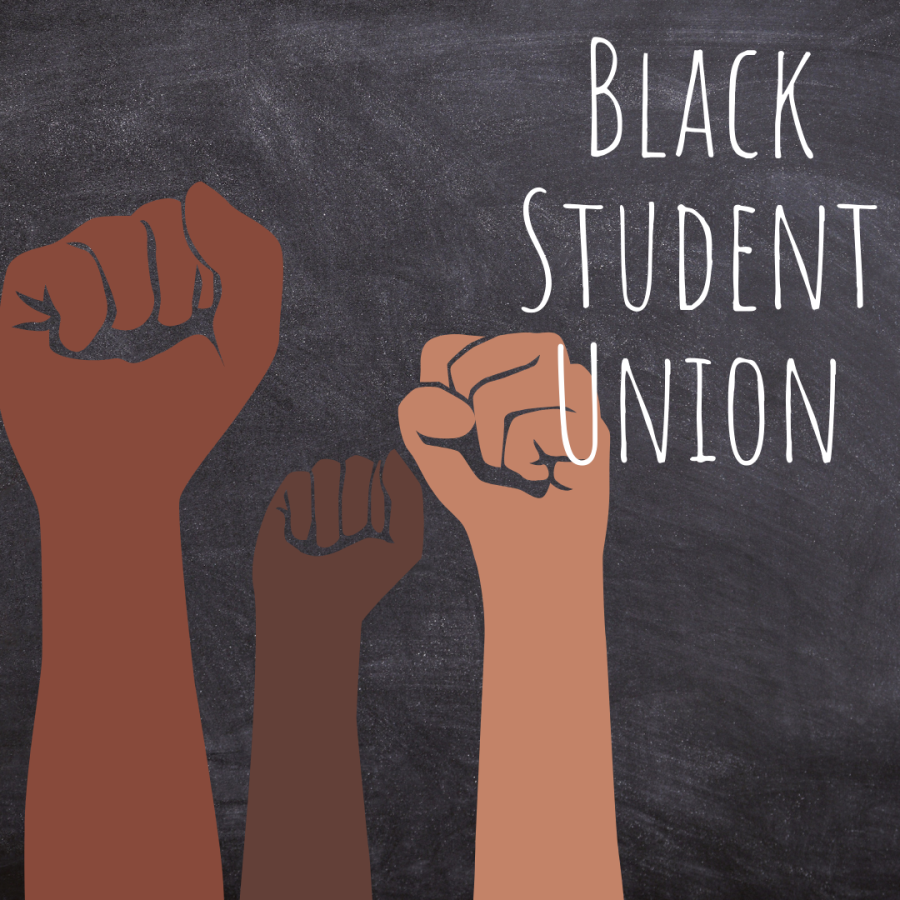
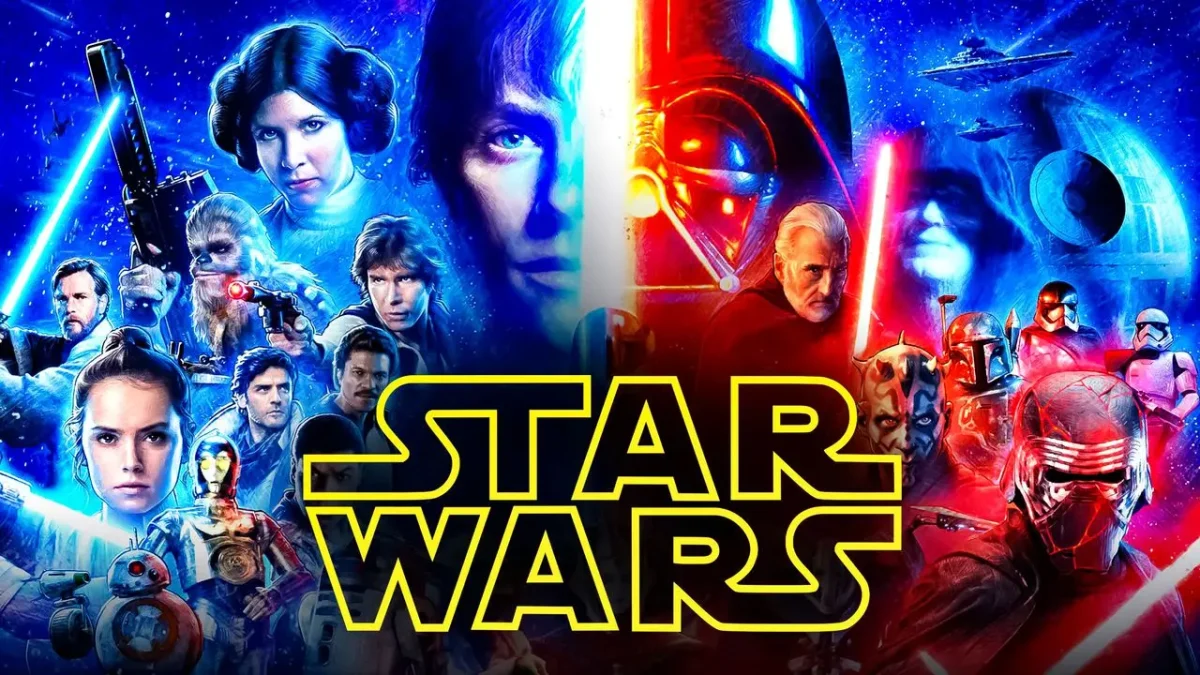


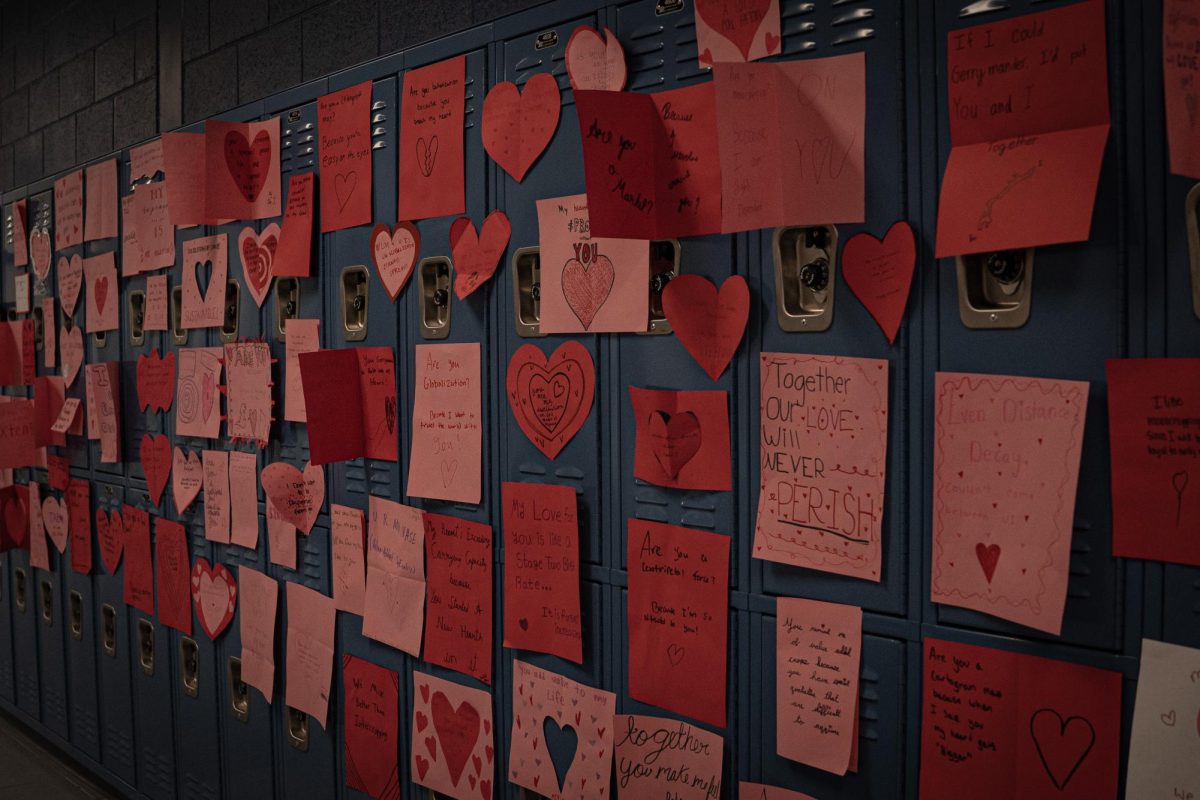




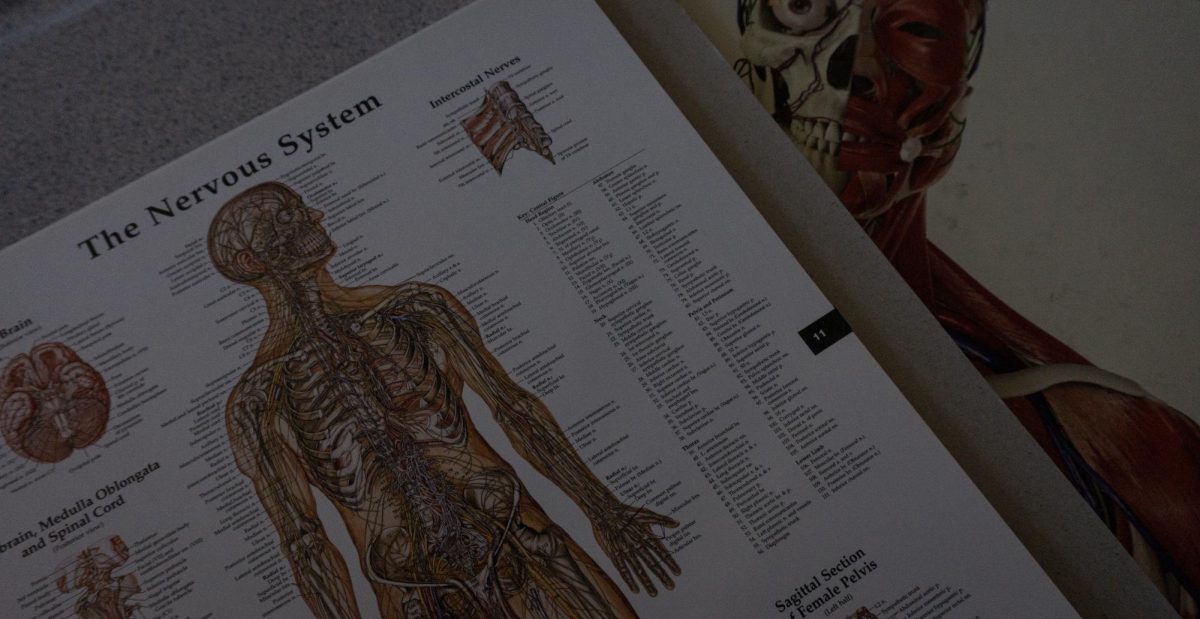
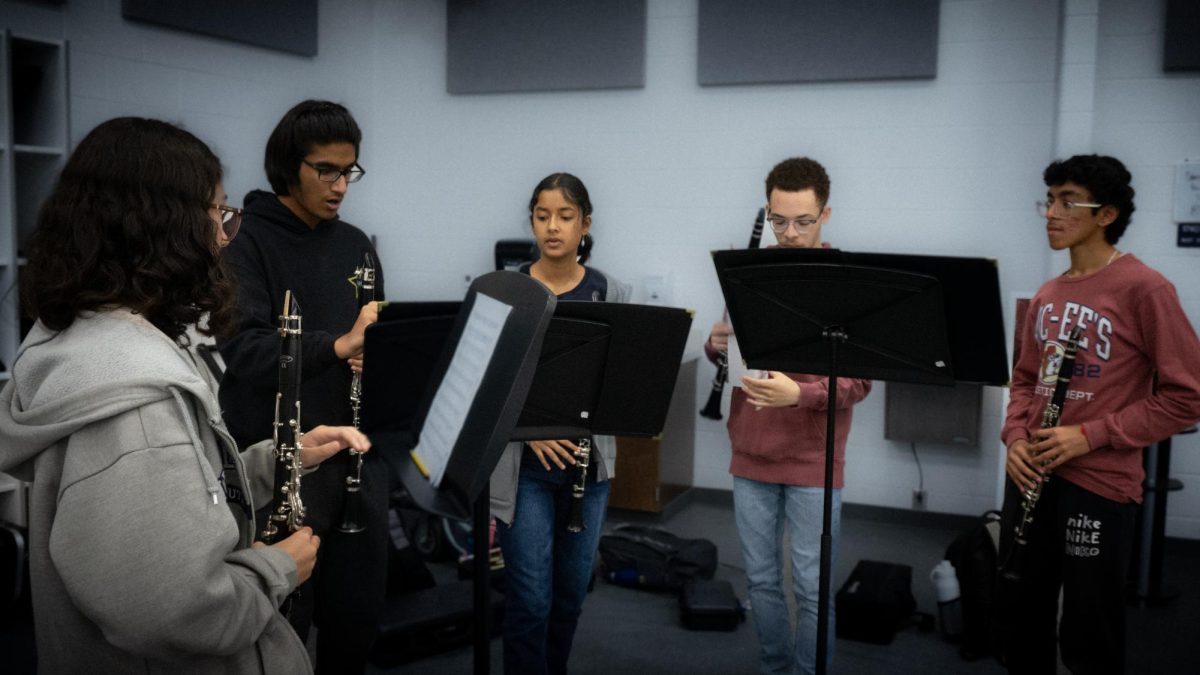


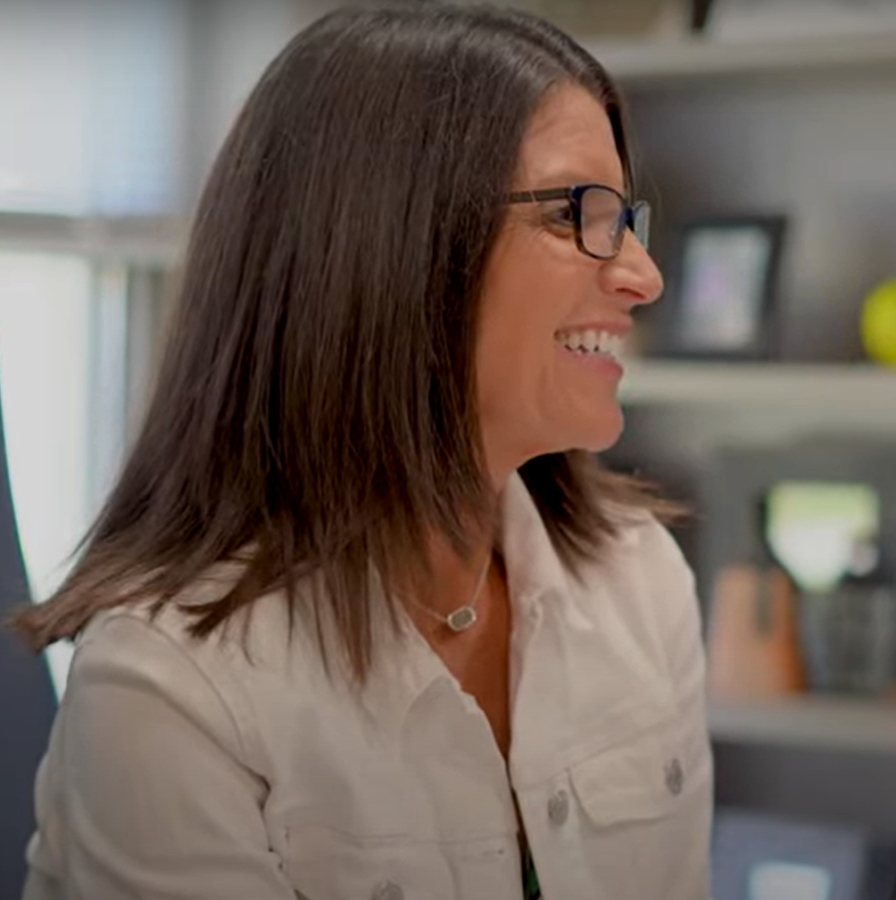
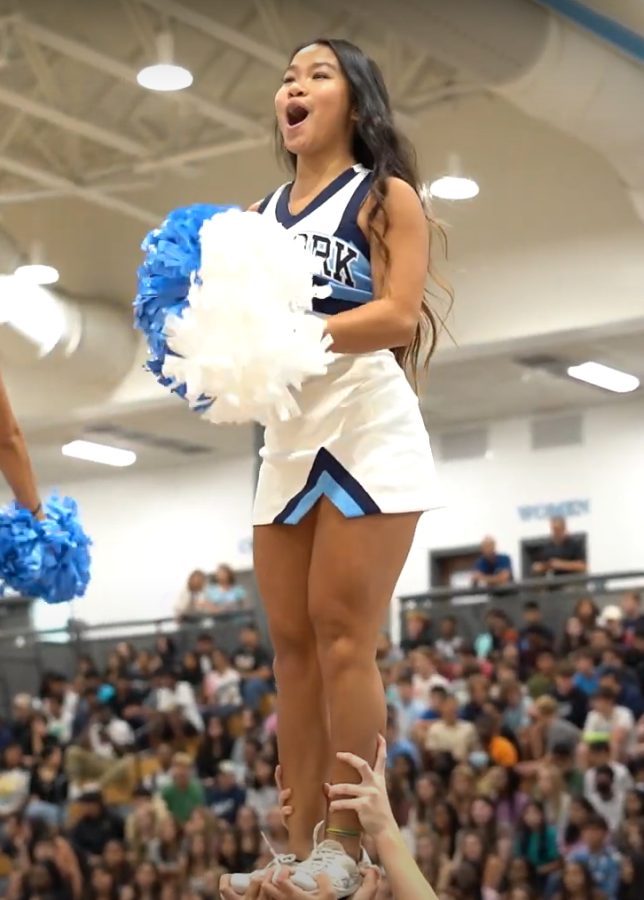
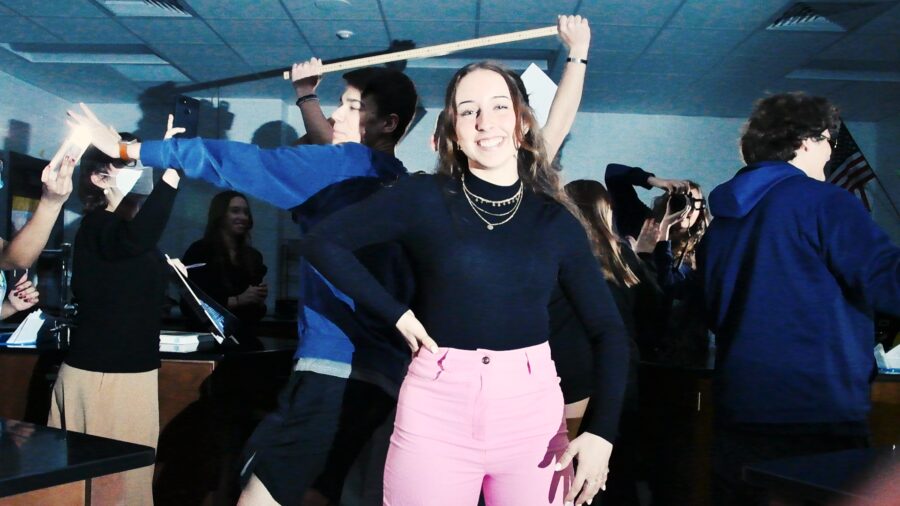

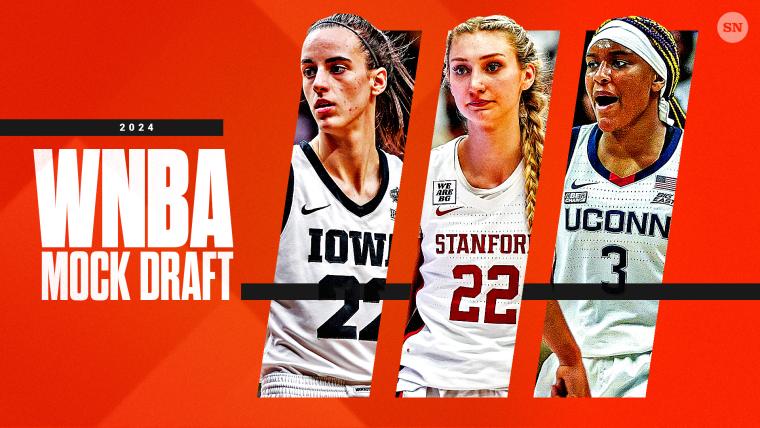

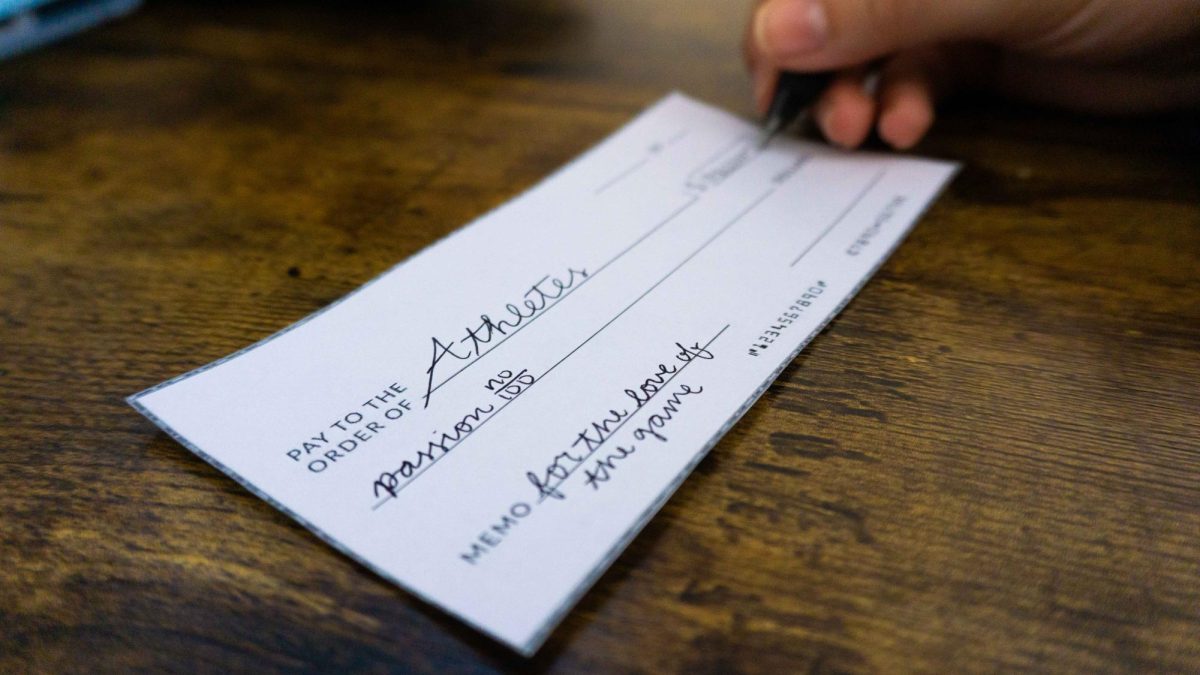
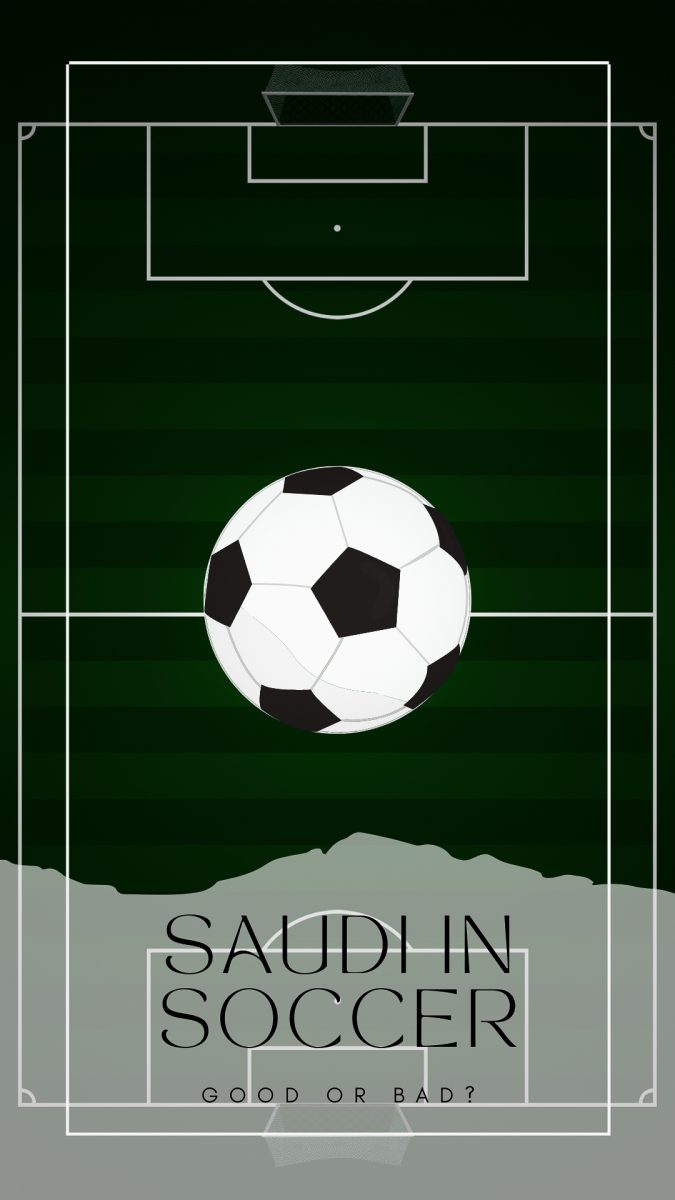



camila delgado • May 13, 2024 at 11:47 am
I love the image of the Helmet! The lighting reflecting off the blocks makes it look very good.
Amena • May 13, 2024 at 11:41 am
I love the colors and the representation of both sides in the photo.